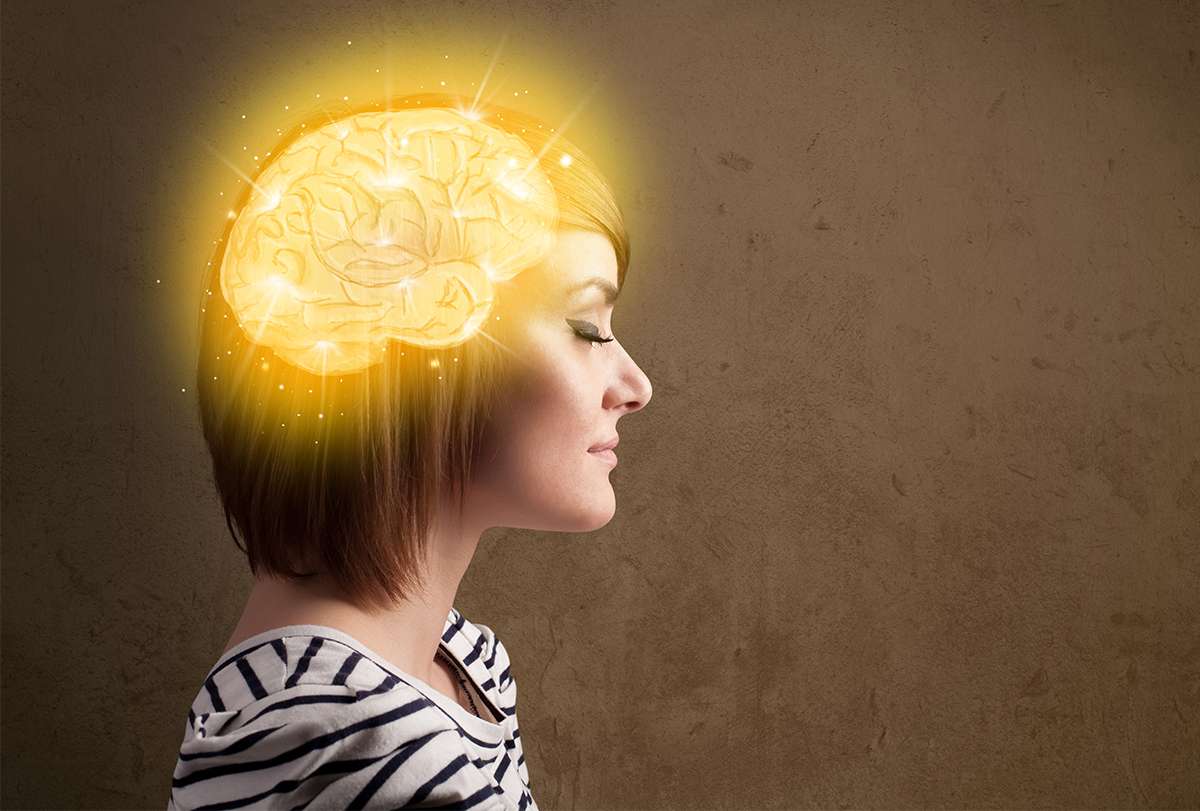In this article:
People often experience a surge of positivity and energy after going for a run or a yoga session, or some other physical exercise.

These uplifting feelings have a favorable bearing on both your body and mind. You feel healthy, confident, alert, and at peace with yourself, empowering you to handle everyday life stressors with more resilience and grace.
Once you embark on a physically active lifestyle, the high you get from the regular exercise helps keep you motivated to stay on track with your health and wellness goals.
The Functions of the Brain
The brain is a fascinating, complex system that connects intricately to the body through nerve bundles.
It is made up of over one billion nerve cells and is the hub of operations – from movement, processing and communicating information, and regulating hormones to activating the stress response system through pain receptors and eliciting an appropriate action, among others.
The human brain controls various life-sustaining functions such as heart rate, respiration, and digestion through an involuntary system, which means that these functions are performed without concerted thought.
At the same time, the brain controls the complex systems of reason, thought, and comprehension, which are consciously activated.
Benefits of Exercise on Your Brain
Regular exercise can be good for your brain in the following ways.
1. Enhances neural networking
When you exercise, your neural network growth increases, helping strengthen the connection/signals between the left and right sides of the brain. This effect leads to improved memory, coordination, and balance. (1)
2. Improves focus and mental acuity
Exercising or engaging in any rigorous physical activity stimulates the heart to pump more blood into the different parts of the body. The increased blood flow delivers extra nutrients and oxygen to all the body organs, including the brain.
Oxygen boosts memory and facilitates better response times in the neural networks of the brain, ultimately allowing the brain to respond better to various stimuli.
Besides, exercise involves moving your body and connecting your mind to the task at hand (present-mindedness), both of which play a role in strengthening the mind’s ability to focus. (2)
Contrary to popular belief, multitasking is not possible without compromising the quality of work, and it is bad for your brain. The ability to do one thing at a time well with full focus is a much better approach to tackling your to-do list without making you feel overwhelmed or overburdened.
Again, you can only do one thing well at a time, and with the added benefit of focus from exercise, you are likely to feel more content, at peace and accomplished, too.
3. Helps foster positive thinking
Exercise can help promote a feeling of productivity and accomplishment by pushing you past the limits of what you thought you were capable of. Thus, working out will not only enhance your physical stamina, energy levels, and body posture, but it will also help build your self-confidence and self-worth.
Feel-good hormones are released and circulated during exercise, specifically in the hippocampus, which is related to improved memory and decreased symptoms of depression. (3)
Having a positive outlook enables you to try new things, combat stress, confidently face challenges, and grow in both your professional and personal lives.
Pro-Tip: For every negative thought or statement about yourself, take some time to journal and affirm three to four positive thoughts and statements to help counter the negative, and rewire your mind toward a more positive outlook.
Exercises That Are Good for Your Brain
The best types of exercise for mental relaxation and invigoration are:
1. Yoga
Studies offer promising evidence that behavioral interventions such as yoga may mitigate age-related and neurodegenerative declines and may enhance neurocognition. (4)
2. Running
The enhancement of memory function by running may result from increased neurogenesis in conjunction with modifications to the adult-born neuron network. Evidence reveals that multiple neurotransmitters are modified by running. (5)
ALSO READ: Health Benefits of Running and How to Prepare for It
3. Cross-body functional training
Daily brief coordinated bilateral activities can improve attention and concentration. (6)
4. Meditation
It has been suggested that the practice of meditation is associated with the neuroplasticity phenomena, reducing age-related brain degeneration and improving cognitive functions. (7)
Power Yoga Poses for Improved Body Confidence

Yoga is a great mind-body exercise that combines breathing, body movement, and mental focus. It is a meditative exercise that offers many benefits to your physical, mental, and overall health.
Yoga can also help you love and accept the body that you’re in. Here are some easy yoga poses you can try for body positivity.
1. Mountain Pose (Tadasana)
- Stand up straight with your feet firmly rooted into the earth hip-distance apart and your arms anchored down by your side.
- Lift your sternum toward the sky with a slight tuck of the chin.
- With your eyes closed, find the center of your breath and take five deep breathes to center your mind, ground your energies, and connect with your inner self.
2. Goddess Pose
- Stand with your feet placed wider than hip-distance such that your knees fall in line with your ankles.
- Place one hand on your heart and the other on your belly.
- Take five deep breaths to ground, connect, and expand your mind.
3. X Pose
- With your feet wider than hip-distance, extend your arms out to either side, forming an “X” with your body.
- Hold this position for five breaths, and feel your energy expand beyond your fingers to connect with the greater web of life. Feel your heart open, and your breathing move more easily.
Cross-Body Coordination: Crossing the Midline and Neuroplasticity
The brain is divided into two hemispheres: the left side and the right side. The left side of the brain is commonly referred to as the analytical, logical thought side, and the right side of the brain is commonly referred to as the creative, artistic side. Most people have a predominant side of the brain, which usually reflects their interests and skills.
People with right-side dominance typically have an artistic bent of mind, whereas those with left-side dominance are more adept at analytical thinking and numbers.
There used to be a belief that once a person passes the age of 35, he/she is no longer capable of growing new neurons or learning a new skill. Thank goodness that has been dispelled!
There is now evidence that the brain has neuroplasticity, (8) or the ability to grow new neurons, and learn new skills, which is only strengthened by the performance of cross-body coordinative exercises or movements.
Exercises that cross the midline, in particular, are known to help improve your memory function and also forge new neural pathways. Such exercises include:
- Sunbird reaches to curling inward head to knee
- Balancing on one leg while taking the alternate arm to the outside of the other leg
- High-knee pull-downs
- Sit-ups where you tap the opposite leg
- Tabletop “dead bug”
Final Word
Physical activity exerts a positive influence on your mental function by increasing the supply of oxygenated blood to the brain and triggering the release of certain brain chemicals, including endorphins, serotonin, dopamine, and norepinephrine.
These hormones are known to relieve stress, aid the production of new brain cells, reduce pain perception, and bring about feelings of positivity and general well-being. You can incorporate the exercises mentioned above in your daily routine for improved mental acuity and sharper memory!
- Was this article helpful?
- YES, THANKS!NOT REALLY


